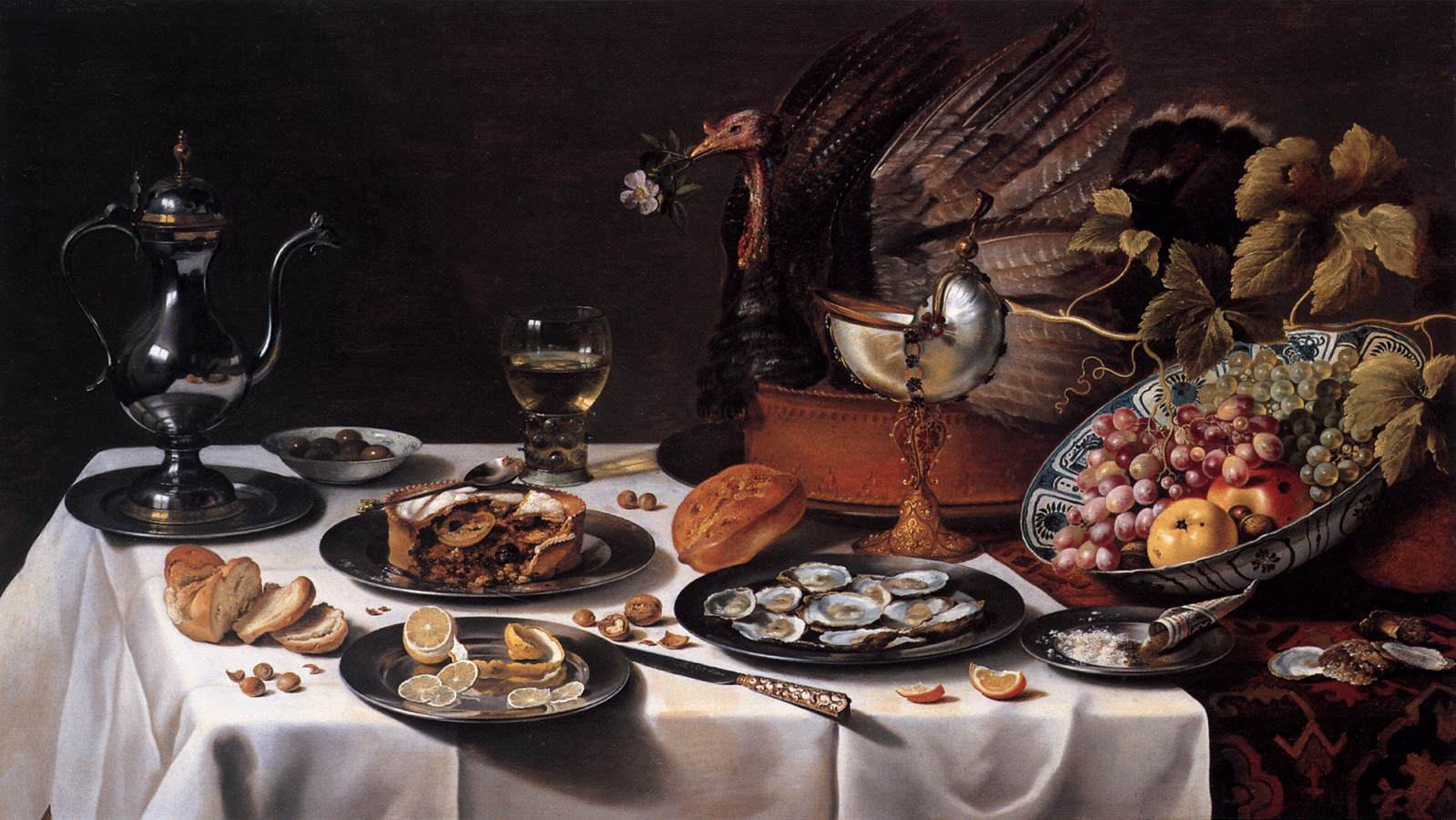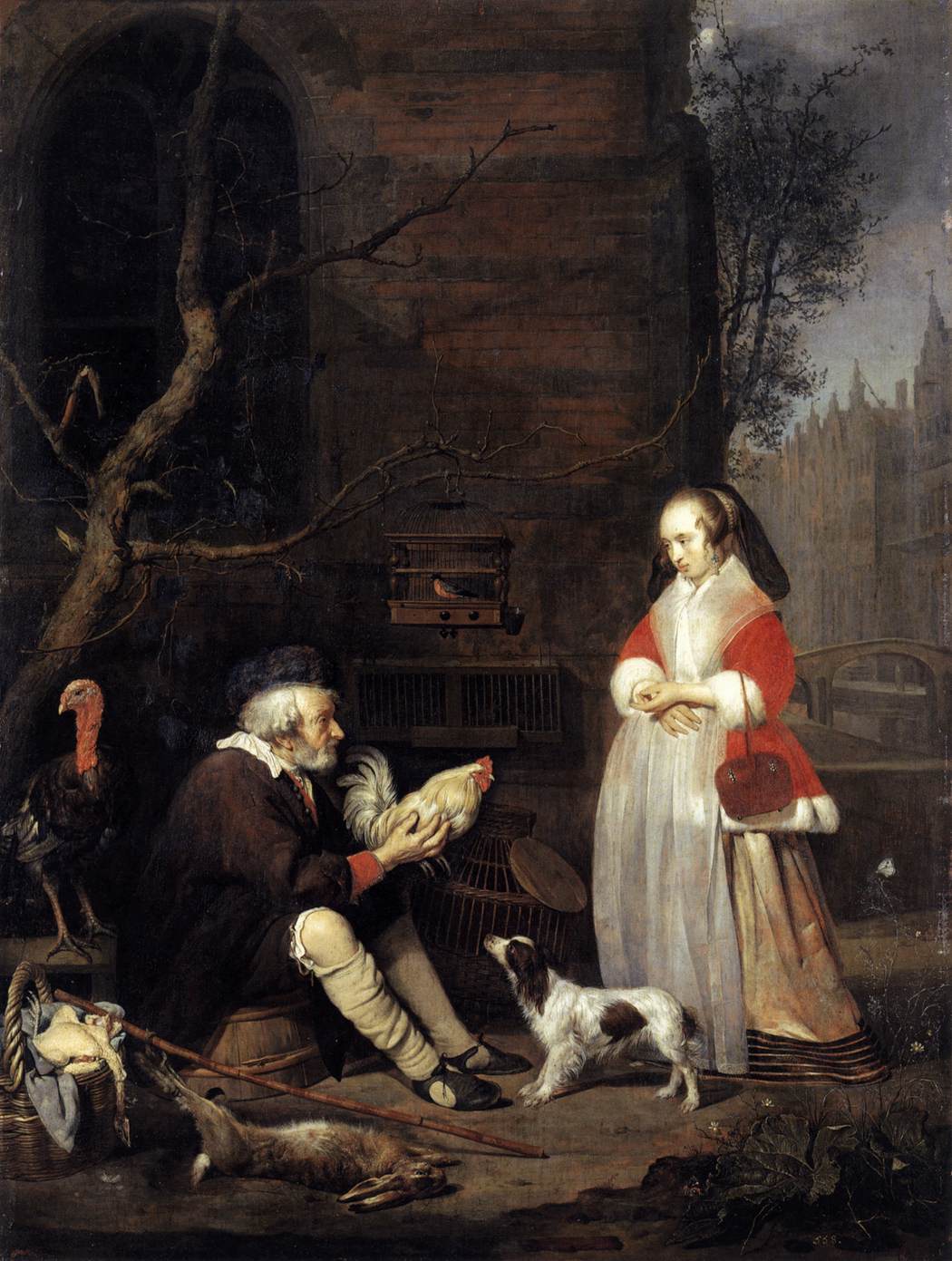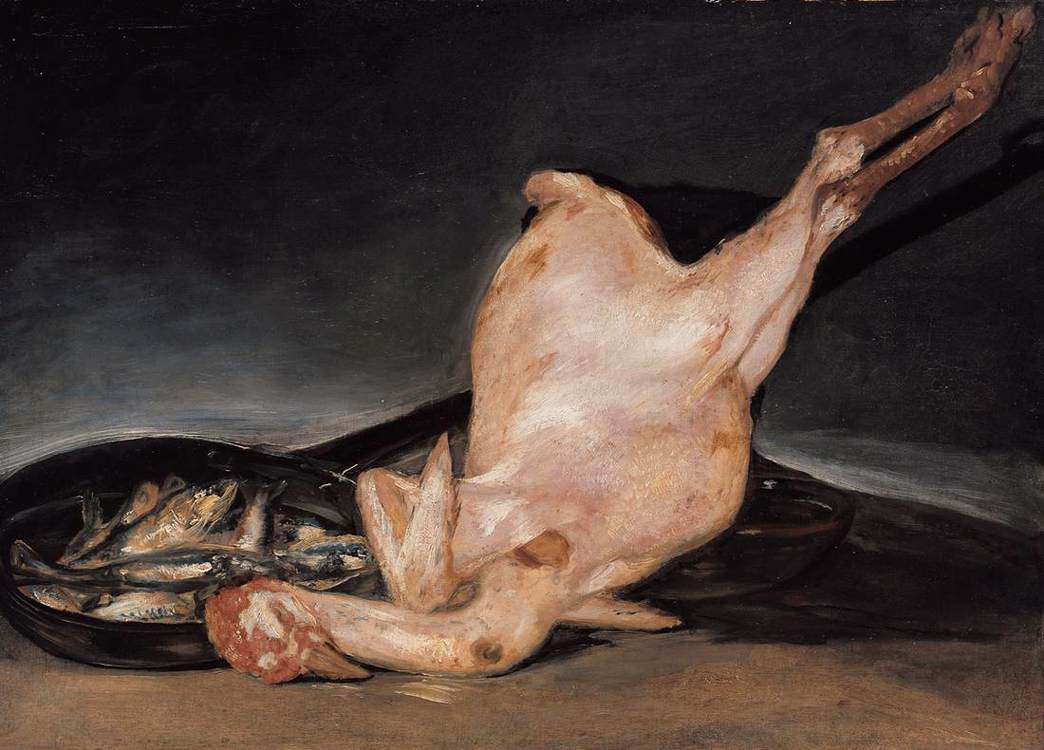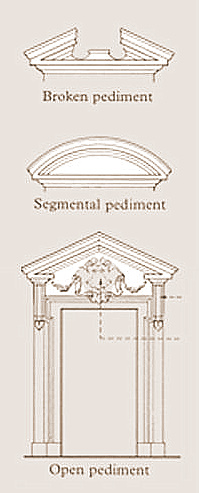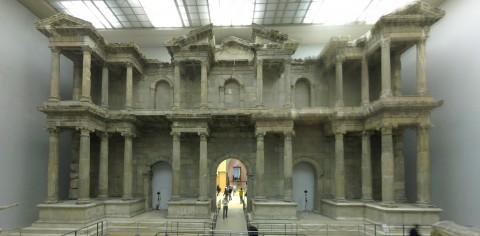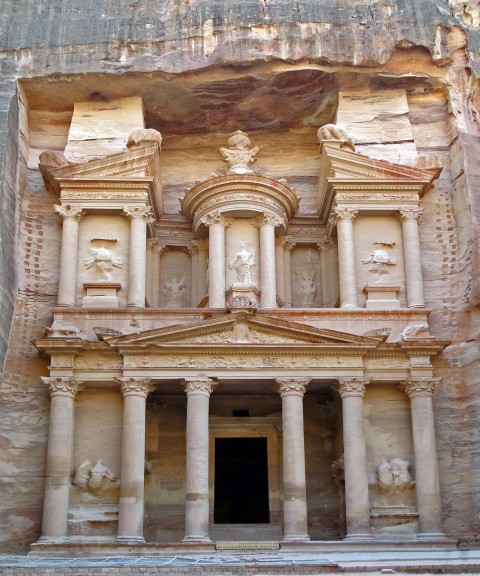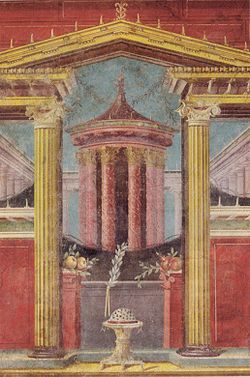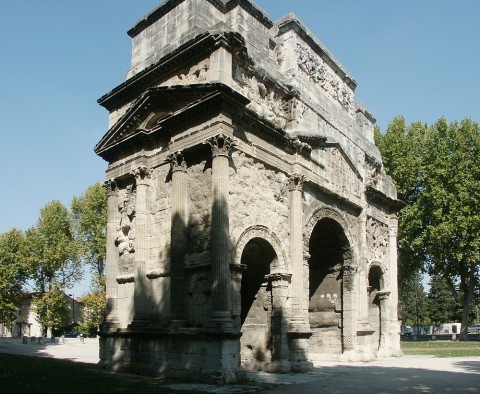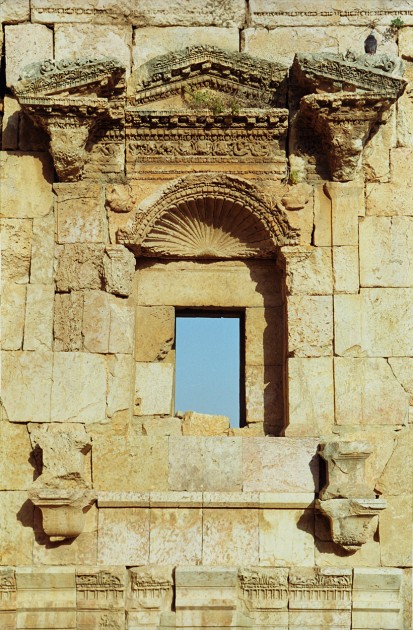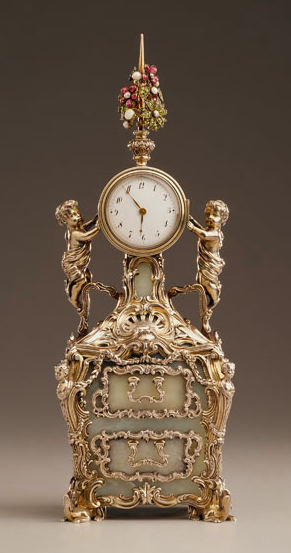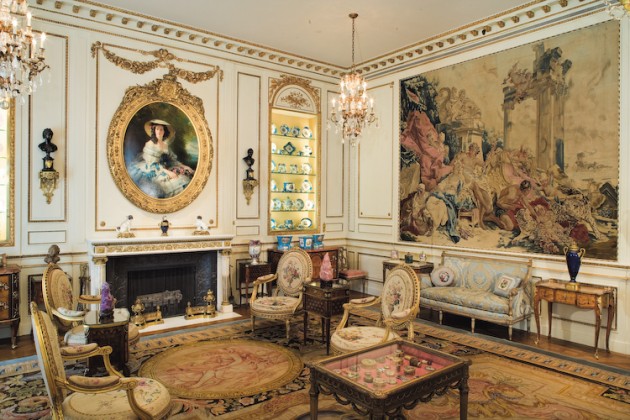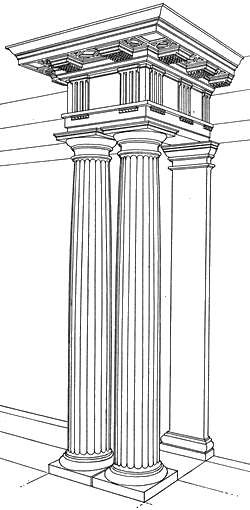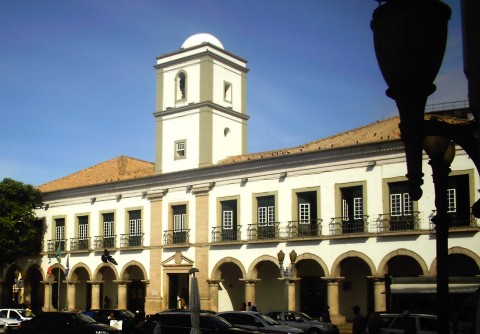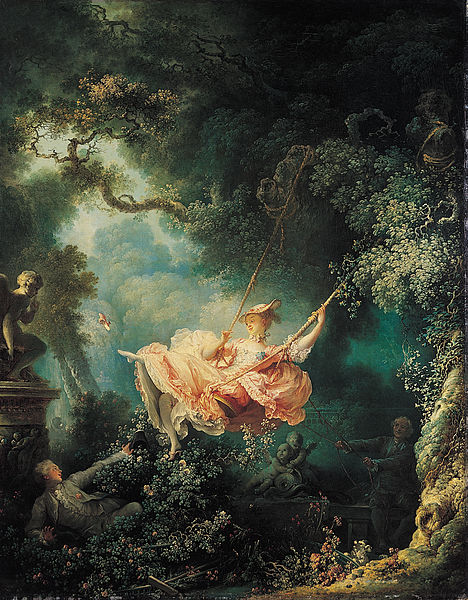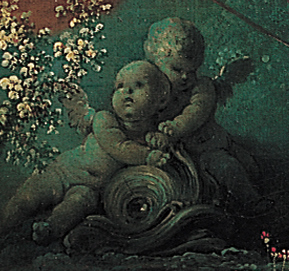Thursday, November 24th, 2011
The Turkey in Art
Happy Thanksgiving! This morning I’ve been wondering a little about the history of the turkey bird and its representation in art. I’ve learned a couple of interesting things, particularly from the book More than a Meal: The Turkey in History, Myth, Ritual and Reality by Karen Davis. This book not only discusses the history of the turkey in connection with the Thanksgiving holiday, but also a broader history (and consumption) of the bird. The turkey was first shipped to Europe from Mexico in the early 16th century. The turkey was then bred in Europe (Davis specifically mentions Renaissance England) and eventually the domesticated bird was brought back over to the Americas.1
I think it’s pretty safe to say, then, that the turkey was viewed by Europeans as an “exotic” bird, at least initially. As I’ve been looking at some representations of turkeys this morning (all by European artists), I can’t help but wonder which of this artists might have viewed the turkey in an “exoticized” light, and which (later) artists may have seen the turkey as an integrated part of European life.
Here are some of my favorite turkeys in art:
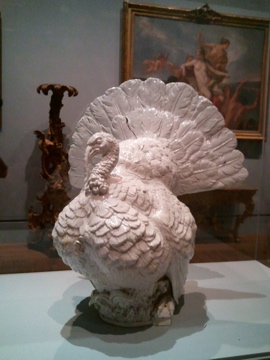
Johann Joachim Kändler, Turkey model, c. 1733. Getty Museum. This turkey was one of eight models which were made by the Meissen manufactory. Kändler, a sculptor, was hired to help with the royal commission for large porcelain animals.

Michiel van der Voort the Elder, detail of pulpit, 1713, Cathedral of Our Lady (O.-L. Vrouwekathedraal), Antwerp
The turkey depicted on this pulpit is found on the left side of the image, halfway up the staircase. Its distinct tail feathers are especially noticeable. In addition to the turkey, this pulpit shows a variety of other birds, including a parrot, heron, owl, and peacock. These birds are included to emphasize the natural world, which was thought by Saint Bernard to be a source of inspiration for the faithful. (I bet this is the only instance in which the turkey bird serves as a point of spiritual inspiration!) I’d love to research more about this pulpit (if anyone has any sources to recommend, please leave a comment!). So far I have only found a few sources online: the Web Gallery of Art and this online forum. You can see another detail image of the pulpit here.
Do you have any favorite depictions of turkeys? Happy Thanksgiving!
1 Karen Davis, “More than a Meal: The Turkey in History, Myth, Ritual and Reality” (Brooklyn, New York: Lantern Books, 2001), p. 54. Citation available online here. Davis’ book also goes into some depth discussing the difference between the wild turkey and domesticated turkey (see, for example, p. 79). She also mentions that the turkey was not a widespread part of Thanksgiving meals (outside of New England) until after 1800 (see p. 53).

